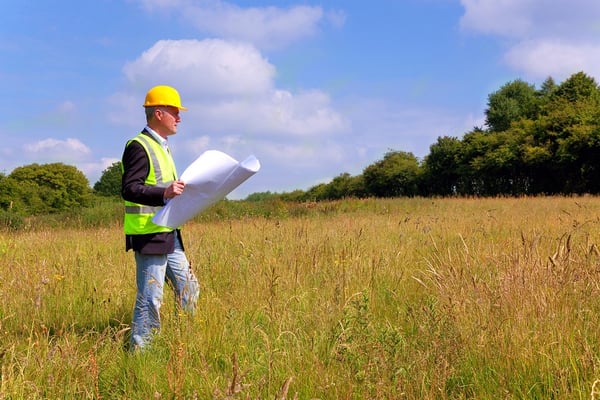-
Leading builders of Modular Homes in NSW, VIC, & SA
-
-
Leading builders of Modular Homes in NSW, VIC, & SA

Kit homes in NSW , VIC and SA have plenty of advantages to offer owners, which is why they are steadily growing in popularity. They’re structurally sound yet easy to assemble; but in building a home, it’s not just the structure itself you have to think about. You also have to consider where you build it.
Geographical location is a big consideration when building a kit home. You need to decide whether you want to be near the city or the suburbs. You need to consider accessibility and the distance from friends and family. And you also have to take a closer look at something more specific – the site itself. To select a suitable site for the construction, here are a few factors you must weigh in.
#1. Terrain
While it’s still possible to build a house on a sloping site, it is more ideal to build on a flat surface as it reduces risks and the amount of work that must be done. Building on a slope may involve more work to ensure the stability of the ground and the structure. Some sloping sites can also be prone to soil slips or landslides. If you wish to build on a site that is slightly elevated or sloping, make sure the area is evaluated properly and deemed suitable for construction to avoid problems in the future.
#2. Soil condition
A vital factor in a building site is the soil condition. There are various soil classifications and not all of them are suited for construction work. Sites with reactive clay can experience some ground movement due to moisture changes. Those with soft soil and loose sands should also be avoided as they are subject to landslips and erosion. On the other hand, sand and rock sites are ideal for a house construction as they have little to no ground movement. Before building relocatable homes in NSW, VIC or SA, be sure to check on this aspect beforehand.
#3. Size
The size of the site is yet another factor to consider. You may want to occupy or use up the entire space for your house or leave some space to use for other purposes such as a play area for the kids, a small garden or a landscape to make your property more attractive. Perhaps you may decide to expand your home in the future. Additionally, you also have to make sure your neighbour’s property won’t be affected when you make changes in yours.
#4. Environment
Last but not the least, is the environment as a whole. Consider the kind of vegetation growing in the area as you might want to incorporate some to your landscape or open space. It is also good to retain the natural vegetation of the place as much as possible. Assess the place carefully to know how you can make the most of solar access, cooling breezes or wind movement. Most importantly, you should also assess the area for potential hazards such as flooding and bushfires.
You have to keep in mind that the ground you build your house on will have an impact on it one way or another. Before you decide to build your dream home, make sure that you select the right site. If you find this task a bit difficult to do on your own, you can always call on the experts who can help you locate a suitable place.
If you’re currently searching for professional builders, trust our team at Swanbuild Homes to finish the job. We specialise in building high quality prefabricated homes and portable office buildings that can be customised to your needs. Pick up the phone and call us now; we’ll be glad to discuss your options.


